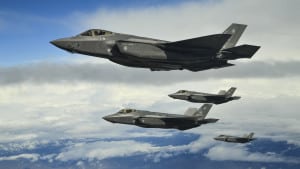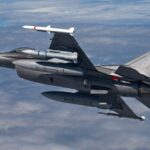
The U.S. Department of Defense wants to restructure the F-35 Lightning II program to give the military services more control over the maturing fighter jet, according to Pentagon officials.DoD envisions that the F-35, which is currently managed by a joint program office (JPO), will eventually transition to service-run program offices, Pentagon acquisition chief Ellen Lord wrote in a March 27 letter to congressional defense panels. An Air Force office will oversee the F-35A conventional-takeoff-and-landing variant, and a Marine Corps/Navy office…

 By
By 











